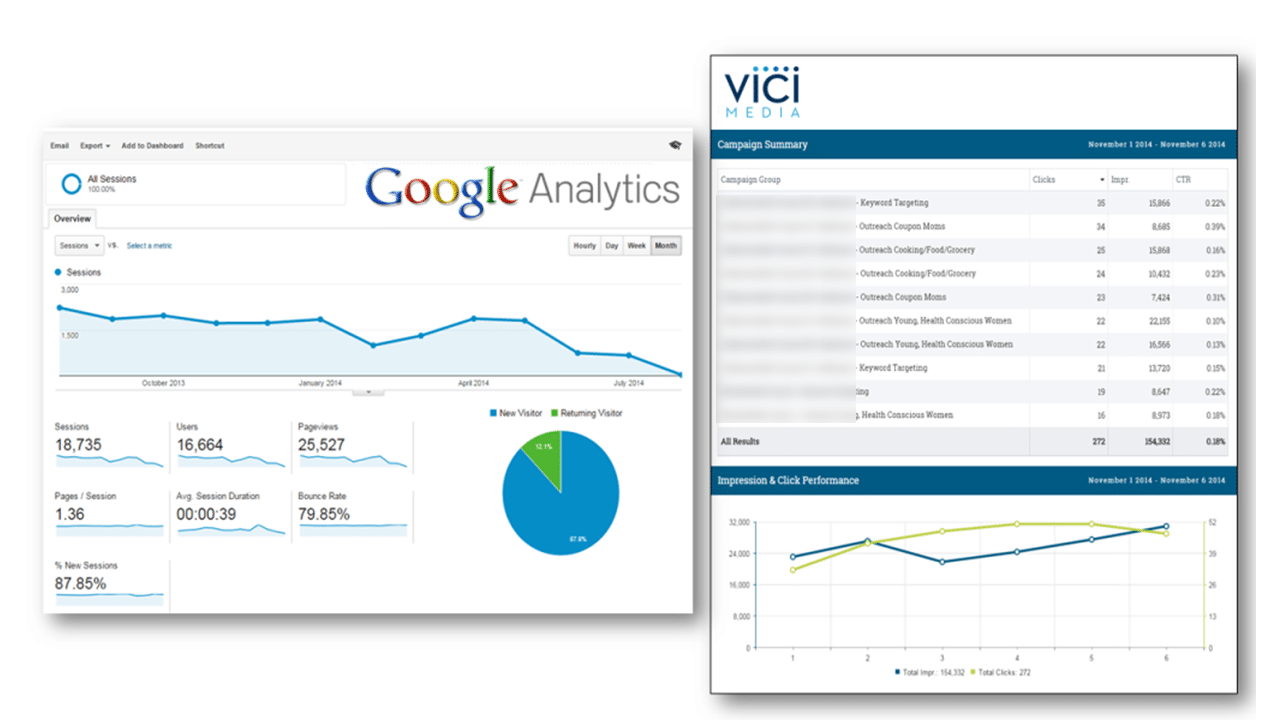

One column will include the x-coordinates of each click (from the top-left of the image), and the other will include the y-coordinates of each click (from the top-left of the image), both measured in pixels. In the exported data set, two columns will be provided for each click participants were allowed to make on the image. If you added regions, you can use the data table, results table, bar chart, line chart, pie chart, or breakdown bar visualization type. The heat map visualization will display the most to least clicked areas. In the Reports section of the Reports tab, the visualizations available for the heat map are similar. If you have added regions to your heat map question, then the number of clicks for each region can be viewed in a simple table, bar chart, line chart, pie chart, or breakdown bar visualization type. For more information on this visualization please visit the linked visualization support page.

In the Results section of the Reports tab, there is one visualization type available for heat map questions: the heat map plot. From the Data & Analysis tab, you can view and manage individual respondents’ data. From the Reports tab, you can view aggregate data in pre-made reports as well as create your own reports from scratch. Once your responses have been collected, Qualtrics offers various ways you can analyze your response data. See the instructions on the Hot Spot support page for more information. For example, on a map, you may need a freeform region shape to cover a specific city or county.Įditing region shapes is the same with a hot spot as it is with a heat map. In certain scenarios, however, you may need different region shapes.

Rather than reporting just the coordinates of each click, Qualtrics can report the number of respondents who click in each defined region. Qtip: Regions are not required for a heat map question, but they can make reporting easier.


 0 kommentar(er)
0 kommentar(er)
